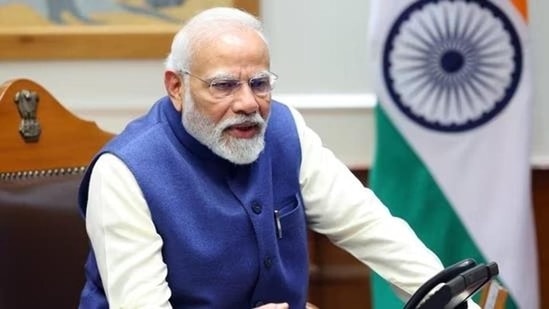Regionalisation of politics and its effect on governance
This article is authored by Mehdi Hussain, former assistant professor, political science, Kirori Mal College, University of Delhi.
A significant feature of the recent election is that regional political parties are back on the main political stage after a decade of one-party Bharatiya Janata Party (BJP)’s dominance at the centre. The 18th Lok Sabha differs from the previous two regarding the power balance at the Lok Sabha. It saw a resurgence of the regional political parties in the national politics, with 14 supporting the BJP-led National Democratic Alliance (NDA) coalition of 292 seats. Two regional political figures, Chandrababu Naidu of the Telugu Desam Party (TDP) (and Nitish Kumar of the Janata Dal (United), are particularly critical to Narendra Modi's swearing-in as the Prime Minister (PM) for the third time. BJP won 240 seats, falling short by 32 seats of the majority of 272, unlike its victory with 303 seats in the election of 2019.

Indian politics, with the rise of Narendra Modi at the national level commanding tremendous mass support across regions, had provided little scope for regional parties. In the past ten years, the parliament did not have the Leader of the Opposition of Lok Sabha, which the 18th LS has changed after the Indian National Congress won more than 10% of the LS seats.
The significant gains for regional parties in this election include Akhilesh Yadav’s Samajwadi Party (SP) in Uttar Pradesh, the TDP in Andhra Pradesh, Nitish’s JD(U) in Bihar, Uddhav Thackeray’s Shiv Sena in Maharashtra, Sharad Pawar’s Nationalist Congress Party (NCP) in Maharashtra, Mamata Banerjee’s All India Trinamool Congress (AITC) in West Bengal. While most of these parties are with the Opposition Indian National Developmental Inclusive Alliance (INDIA), the public mandate has strengthened them to raise state-specific issues in Parliament with greater voice.
Chandrababu Naidu and Nitish Kumar are the kingmakers in PM Modi’s third stint. This announces the re-entry of coalition politics in the Indian parliamentary system. Before this election, the role of regional parties was limited in the national politics. In contrast, regional parties like the Left Democratic Front in Kerela and the All India Trinamool Congress in West Bengal were politically strong in their respective states.
The 2024 election is a case for rekindling diversity in India. The re-emergence of the regional parties also indicates voters’ choices for local leaders and local factors above the prime ministerial candidate, unlike in the 2019 election. It will strengthen federalism as centrifugal forces in the form of local interests get new vigour in the coalition government and the Opposition bench. The 18th LS election has revived the multifaceted plurality of India because regional parties have grown in size and encouraged their presence in Parliament. It will bring about an actual consensus by bringing about the accommodation of different regional aspirations. Whether regional parties can influence the passage of bills introduced by the ruling coalition remains to be seen since the size of the regional parties in Parliament is more prominent on the Opposition bench. Nonetheless, regional voices will roar in the parliament, echoing ethnic, religious and linguistic aspirations.
The issues of joblessness, corruption, low income, and religious sectarianism can no longer be taken for granted. Then, good governance performance is questionable as it has affected the different regions, which will find its way with strength on the floor.
States expect the 16th Finance Commission to address fiscal problems, recommend tax sharing and grants reflecting difficult fiscal situations, and establish fiscal sustainability. With the re-emergence of regionalisation of Indian politics, the Union government is seen to be reminded of regional aspirations and the expectation of development from it. The 18th LS represents India’s diversity, and more regional parties can find their voices with high expectations from it.
This article is authored by Mehdi Hussain, former assistant professor, political science, Kirori Mal College, University of Delhi.





